One of the problems facing society is the amount of waste that is produced as industries grow and processes become more complex. Though there has been a growing concern about the problem, and alternate methods proposed, no one method had proven to be successful until the development of wastewater evaporators. Read More…
We are EZ Industrial Equipment, a leading provider of high-quality wastewater evaporators and industrial parts washers. With our extensive expertise and state-of-the-art technology, we are committed to delivering top-notch products and services to meet the unique needs of our customers.
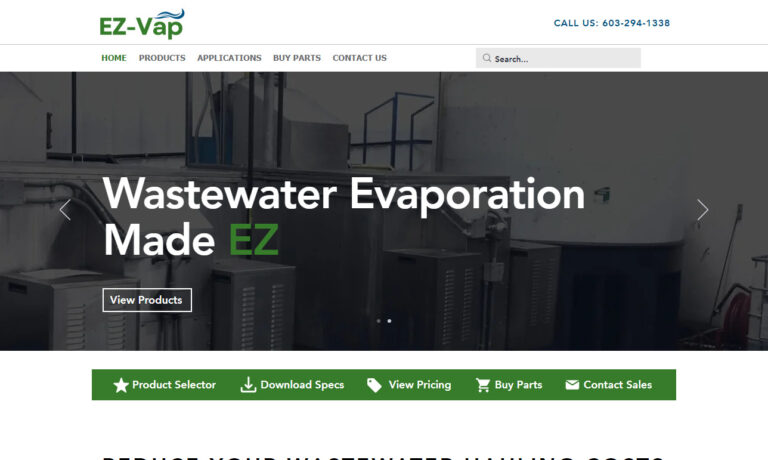
More Wastewater Evaporator Manufacturers
The concept of wastewater evaporators is based on the principle that all waste material has a high moisture content, which increases its volume. This has been evident for thousands of years and was used by ancient civilizations by boiling waste material and letting the vapors escape into the air. Modern methods began with pools of water that allowed water to evaporate and leave waste material behind. Though both methods have been successful, they are, and were, too time consuming.
Modern engineers took the ancient methods and brought them into the 21st Century in the form of highly technical devices called wastewater evaporators. These efficient and cost-effective machines remove wastewater from waste material by various forms of heating. As the material is heated, vapors or droplets are formed that are removed by a blower or fan to be safely released into the atmosphere.
Two common forms of wastewater evaporation are thermodynamic and mass transfer phenomena. Both methods depend on heating wastewater to the boiling point. The variations between the methods is how heat is applied, where thermodynamic wastewater evaporators use more direct heat and mass transfer phenomena uses a more indirect method.
In the thermodynamic process of wastewater evaporation, wastewater is pumped into the wastewater evaporator device, where it is heated to create a vapor that is pushed out of mechanism by a blower. As the vapor is removed, the remaining waste material falls to the bottom of the wastewater evaporator chamber to be safely removed.
Mass transfer phenomena uses the ancient method of boiling the wastewater, which creates droplets that are blown through a filter to catch contaminants and other particulate materials. This form of wastewater evaporator is carefully monitored to ensure the released air is free of pollutants and harmful materials.
As the Environmental Protection Agency (EPA) increases its regulations and standards for the percentage of allowable atmospheric contaminants, wastewater evaporators will continue to gain popularity as an answer to landfill pollution. They are an efficient, cost effective, and reliable method for cleansing of industrial water and reducing waste material volume.


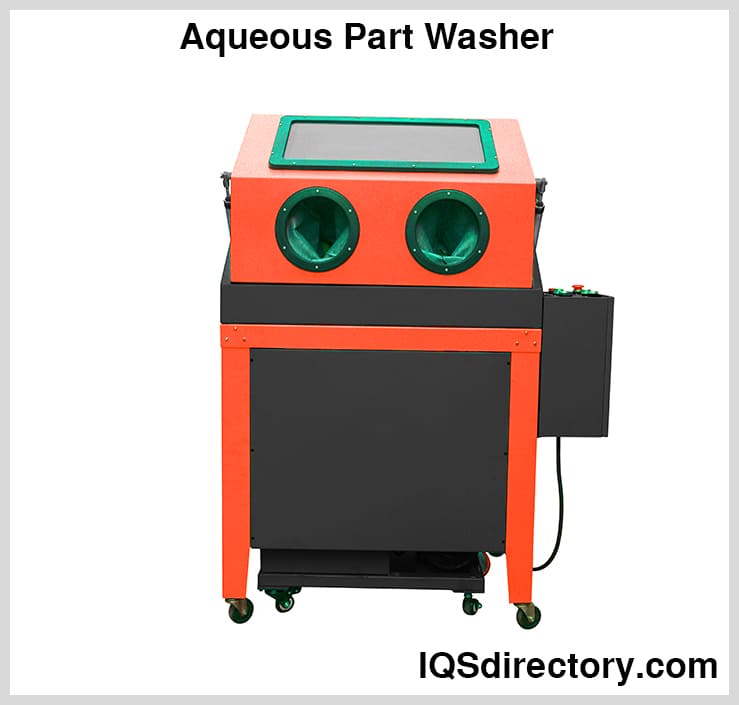
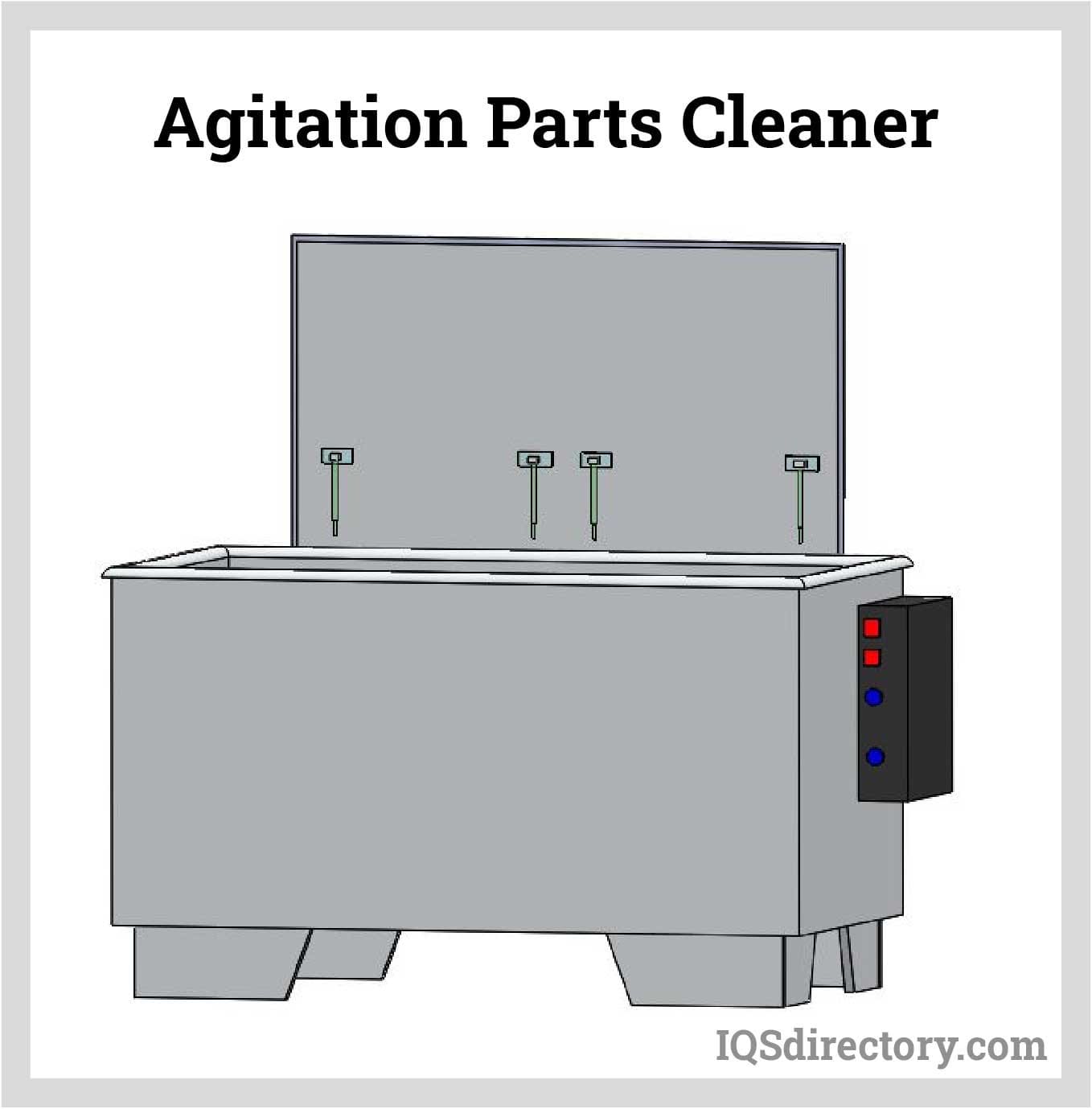
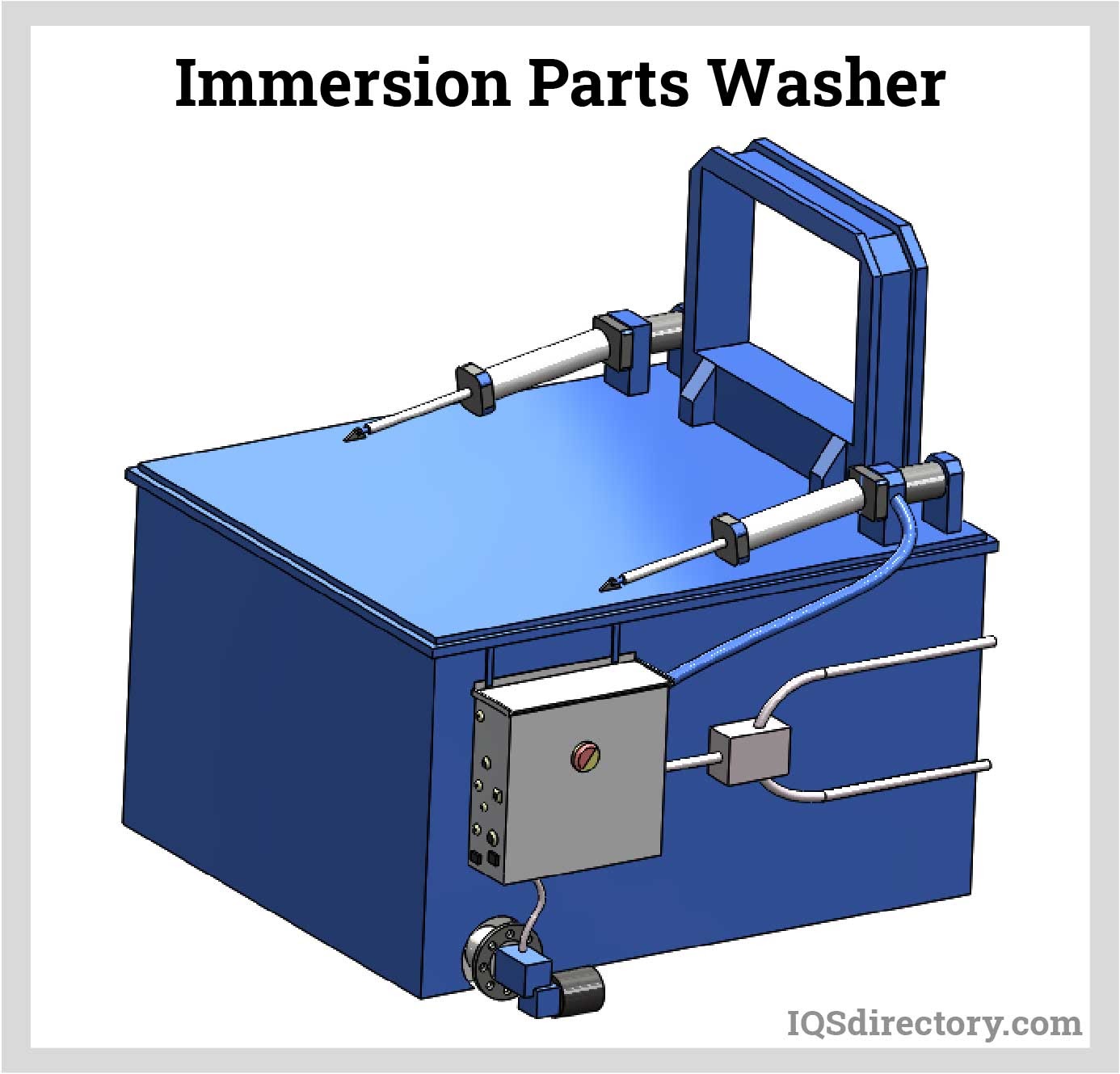
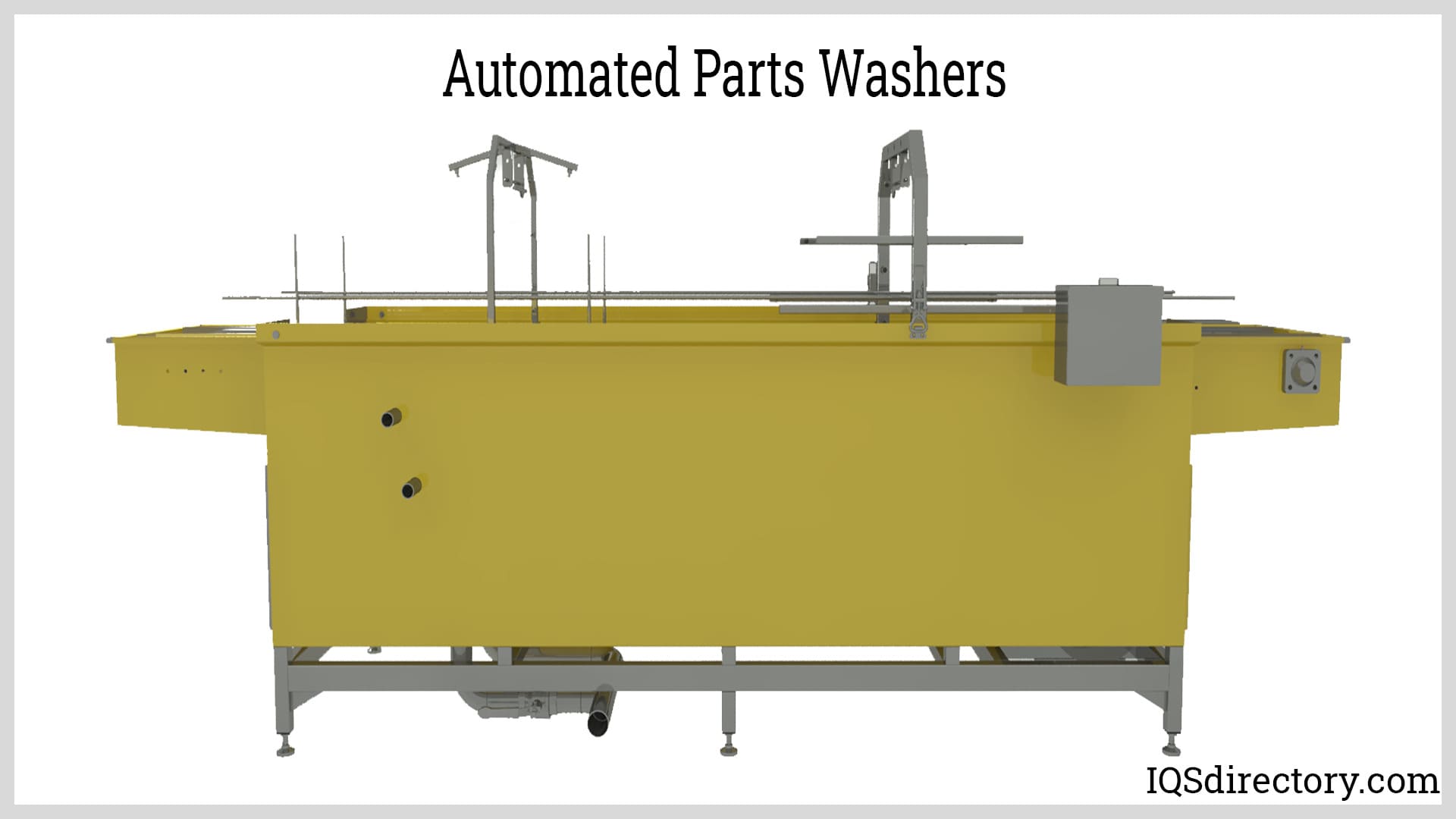
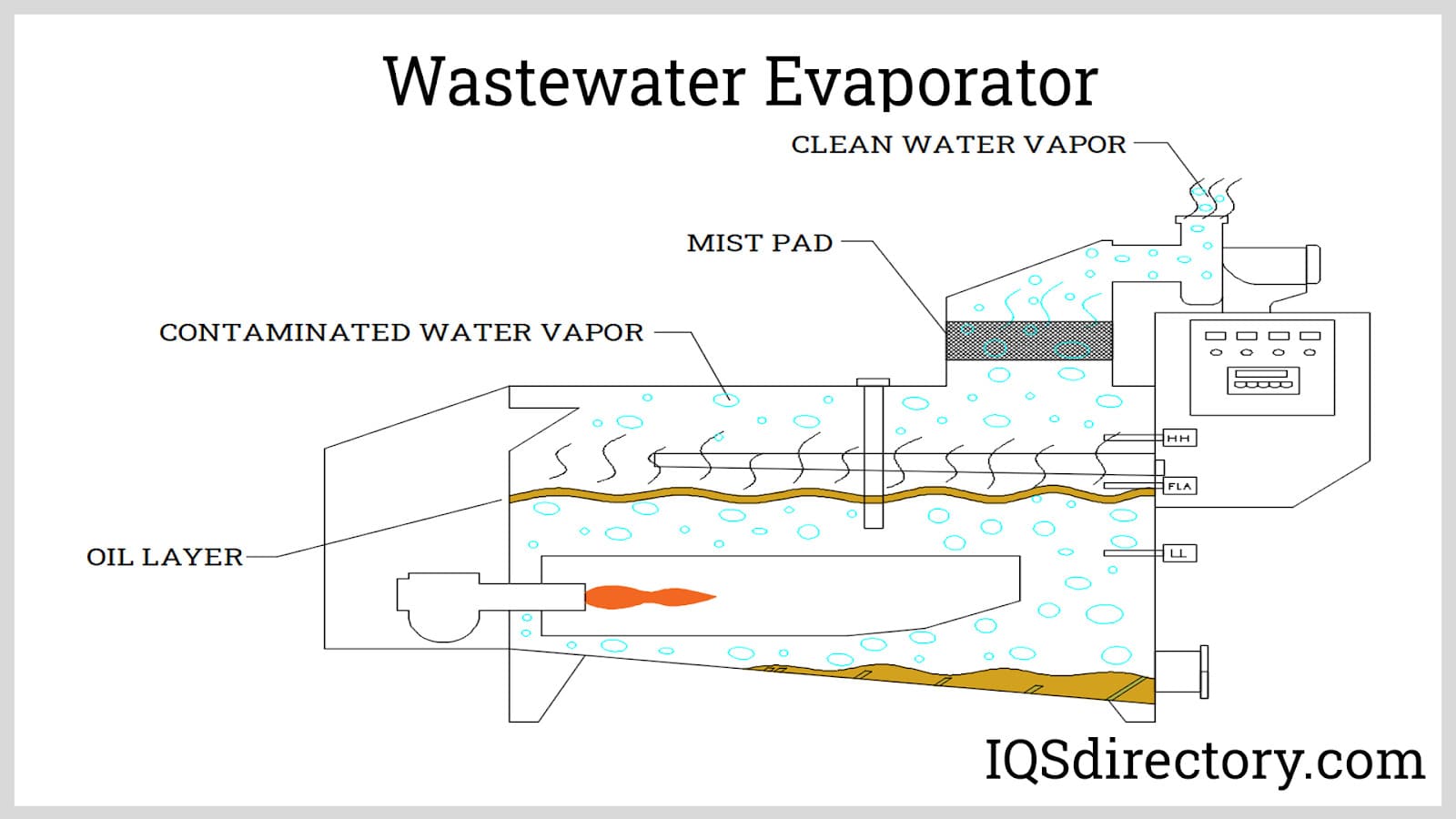
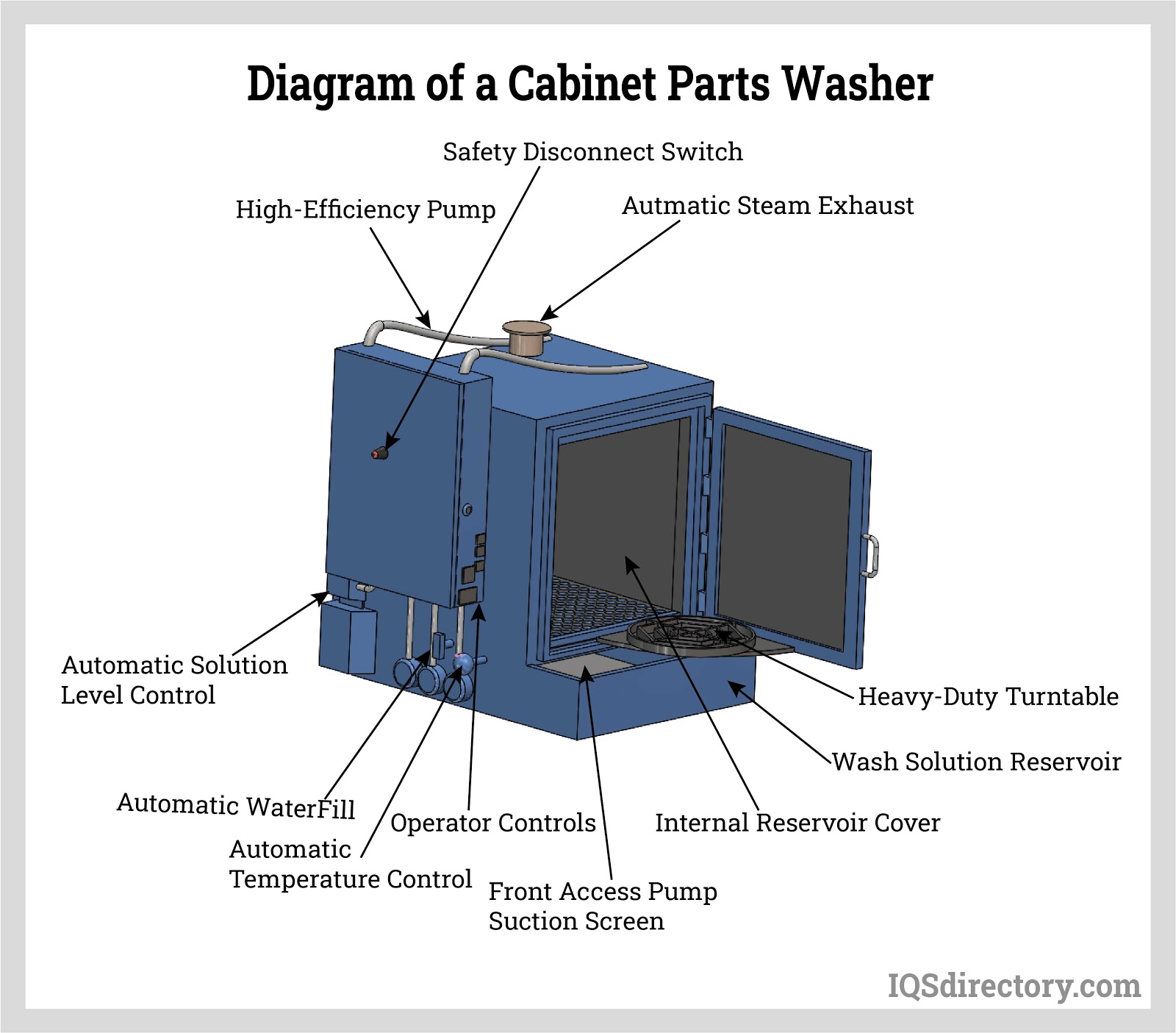
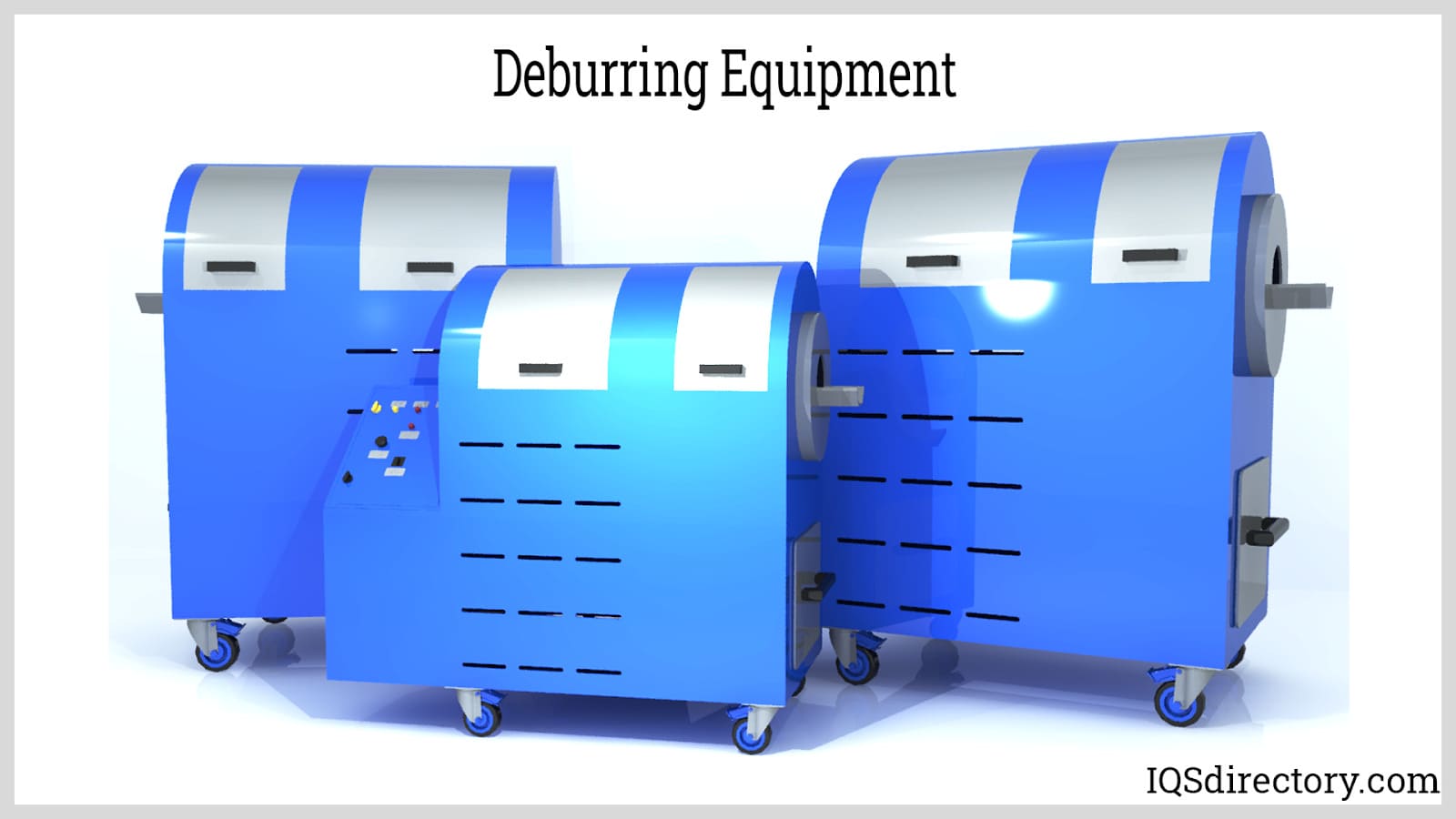
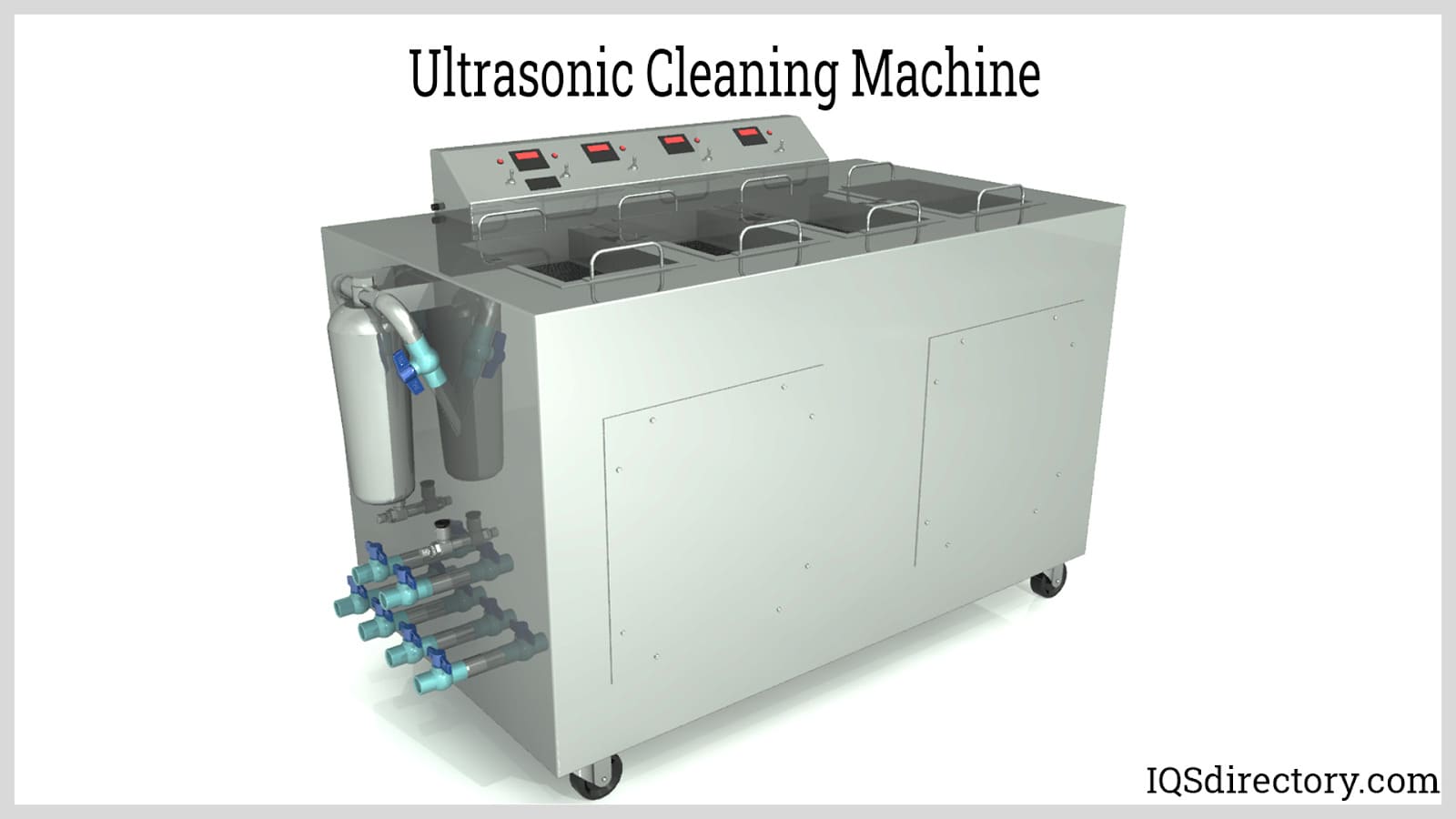
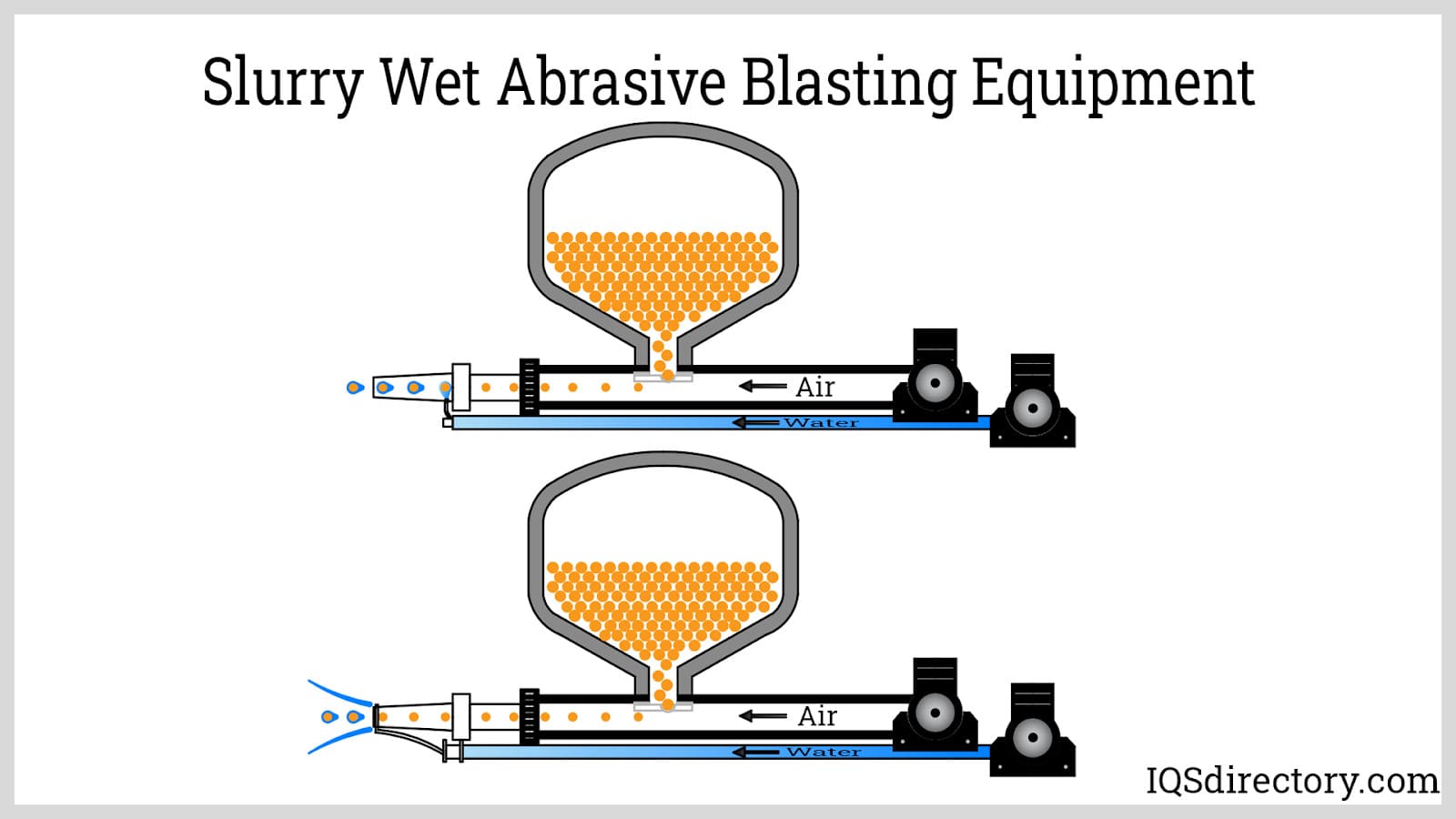
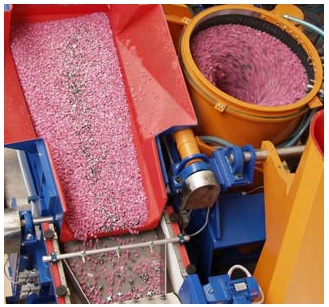 Deburring Machinery
Deburring Machinery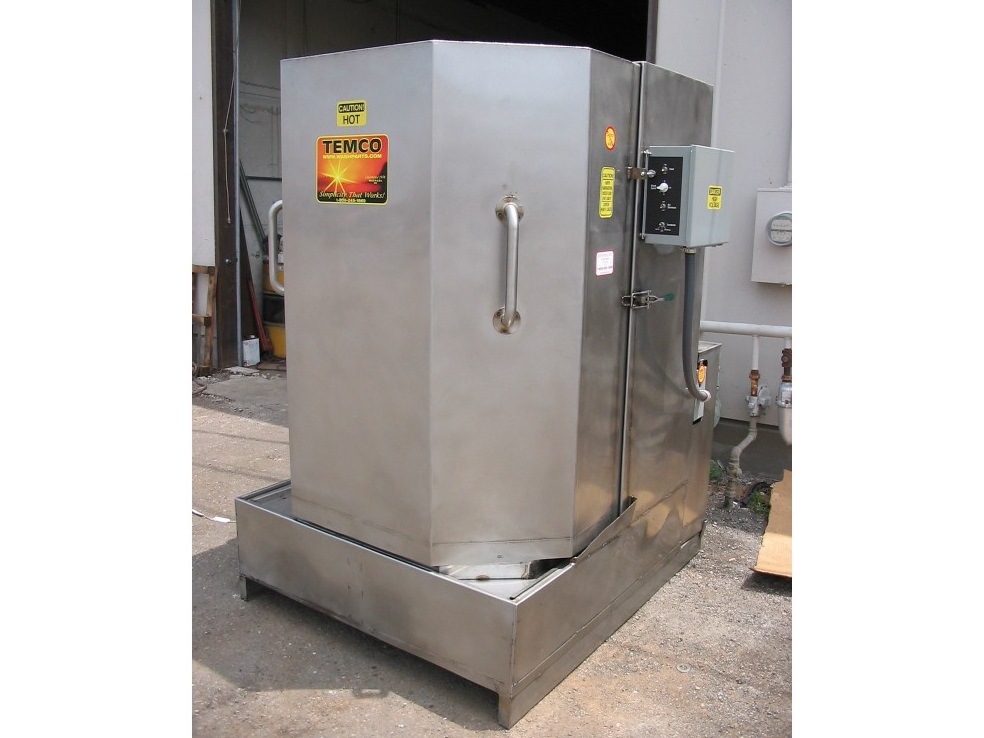 Industrial Parts Washers
Industrial Parts Washers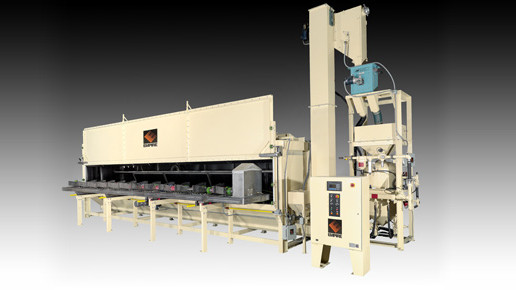 Sandblast Equipment
Sandblast Equipment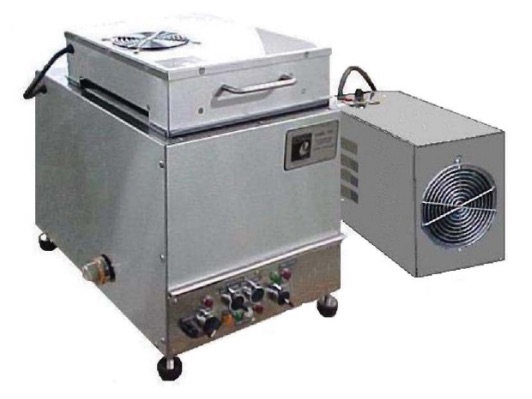 Ultrasonic Cleaners
Ultrasonic Cleaners Castings & Forgings
Castings & Forgings Bulk Material Handling
Bulk Material Handling Electrical & Electronic Components
Electrical & Electronic Components Flow Instrumentation
Flow Instrumentation Hardware
Hardware Material Handling Equipment
Material Handling Equipment Metal Cutting Services
Metal Cutting Services Metal Forming Services
Metal Forming Services Metal Suppliers
Metal Suppliers Motion Control Products
Motion Control Products Plant & Facility Equipment
Plant & Facility Equipment Plant & Facility Supplies
Plant & Facility Supplies Plastic Molding Processes
Plastic Molding Processes Pumps & Valves
Pumps & Valves Recycling Equipment
Recycling Equipment Rubber Products & Services
Rubber Products & Services